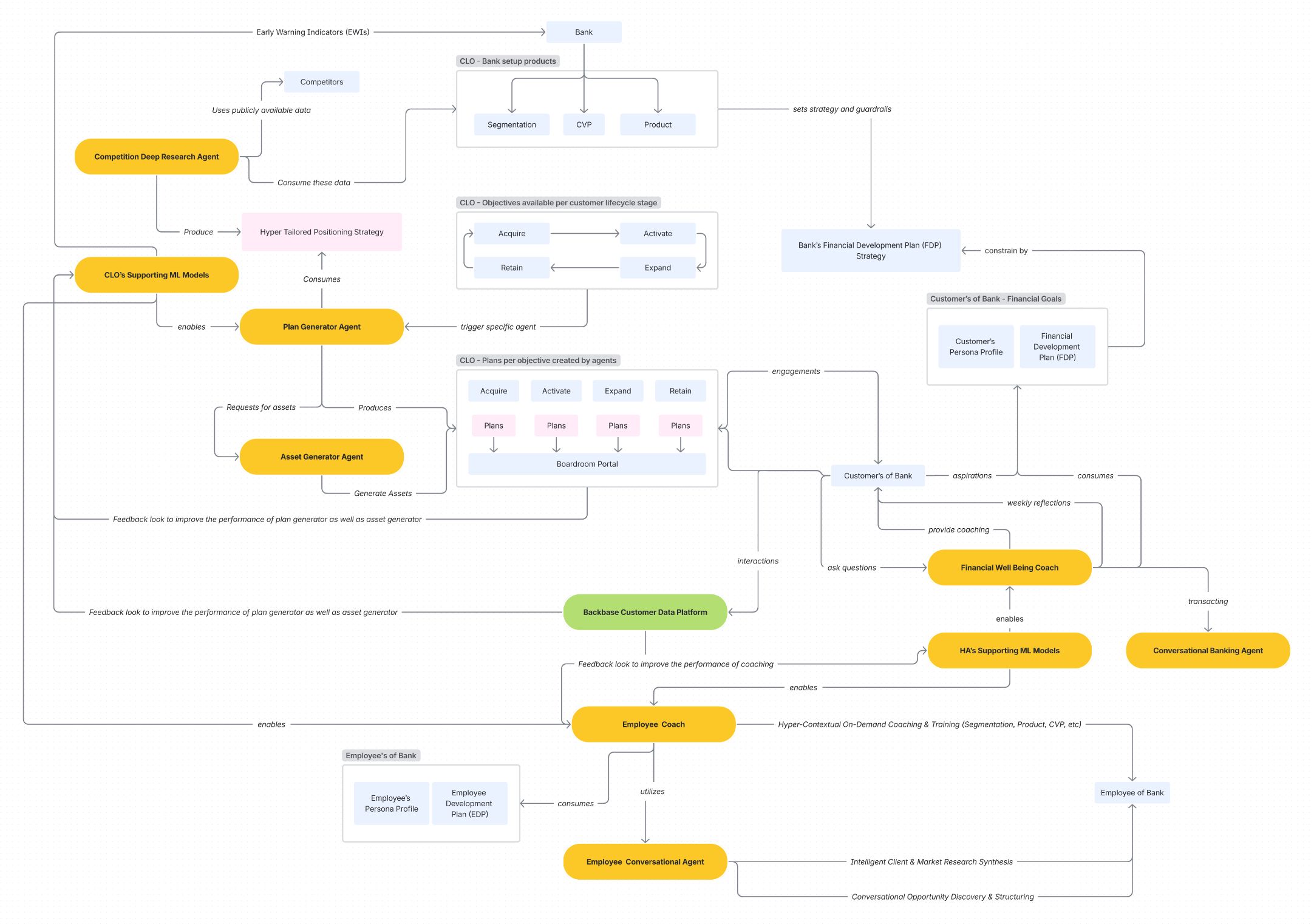
In January of 2016 I worked on an article called: Innovation Maturity Model, the intention was to provide a framework or a roadmap for executives in order to foster innovation among their employees. The intention of writing this article is also the same as Innovation but focused on Business Intelligence. Besides, I am keen to highlight the difference of being data-driven and report-driven; meaning, some companies get a report and make some decisions, there is no experimentation, pivot and preservation hence no Data Driven. Gartner has a great data analytics maturity model that includes “business outcomes, people, skills, processes, data and technologies.” It is based on 5 Levels:
- Unaware
- Opportunistic
- Standards
- Enterprise
- Transformative

What is “Business Intelligence”?
Business Intelligence is seen by most as a software solution that is designed primarily to publish data on executive dashboards and management reports. But this is a limited view of BI and a misconception of the full value of true business intelligence. BI is more than just a reporting tool that regularly presents data to decision-makers. If properly planned and deployed, business intelligence accomplishes the following:
- Helps organizations define and redefine strategy based on analytical results (such as the review of goals vs. actuals).
- Develops a performance oriented culture throughout an organization and defines accountability at each role and responsibility level.
- Drives an organization’s profitability in the commercial sector.
- Improves service to internal customers and helps reduce the cost of providing those services.
- Enables an unbiased assessment of the strengths and weaknesses of an organization based on its own performance data.
- Provides an organization with the ability to assess performance in key areas as measured against stated goals and enables corrective and preventive actions to adjust for the variance.
- Enables an organization to maintain quality and consistency in the products and services it delivers with end results measured against performance goals.
- Empowers an organization to stay on par with or ahead of the competition by providing meaningful insight into performance and opportunities for continuous improvement.
Ventera has another maturity model for Business Intelligence as well. The underlying concept of starting with some fundamental capabilities and moving up the chart to engrain business intelligence as a mainstream capability that helps define and manage an organization’s performance goals is a common theme.

As another example commonly used in the marketplace, the broader levels of maturity illustrated by Gartner in its annual BI magic quadrant review that spans four distinct phases are briefly described below:
- Descriptive — typical canned management reports and dashboards used to describe the dimensions and measurements of any aspect of the business enabling users to report on goals and actual values of any metrics.
- Diagnostic — uses more advanced and critical capabilities such as interactive visualization to enable users to drill more easily into the data to discover new insights. Here the user is assumed to be more analytical, using the tool provided to mine the data in the desired way.
- Predictive — As organizations become more mature in diagnostic analysis, they become more capable of identifying root causes for any metrics data variances, as well as the variables that can predict what the measure will be in a future period. This goes into forecasting numbers in the future (a.k.a. leading indicators).
- Prescriptive — insights from the predictive models are integrated into business processes to take corrective or optimizing actions (i.e., a look into the future provides the ability to correct the existing trend to avoid issues or enhance opportunities).
Logianalytics has also another maturity model which is shown in following figure:

Optimalbi has also another maturity model as well. The following figure shows the maturity level explained as how Optimalbi sees the maturity model:

Imagine the black boxes represent different ways of making decisions. The higher you get up that ladder, the better business decisions you will make. Decision-making based on Instinct is basically data-free. If we add a little bit of data (in blue), we can make better decisions by moving to Intuition. Here we unlock value from data using Reports and KPIs, which we combine with our own knowledge to choose an action. We can actually get very far, all the way to Insight, using a little bit of data and what we call Conventional BI (Reports & KPIs).
The key point of the Orange Paper is that at a certain point, these tools break down. They simply create more confusion the more data we shove in to them. Imagine yourself as a CEO trying to run your business off 20 different reports and ten KPIs. Will another report or KPI really help you make better decisions? Of course not! That’s because these tools were built to understand the past, leaving you to choose the next action. The extra data provided by your 21st report or eleventh KPI doesn’t unlock any new business value.
At this point, Analytics comes to the rescue. It uses fundamentally different methods to what comes before it. Whereas Conventional BI uses simple techniques to interpret data like group, sum, average and ratios, Analytics uses complex techniques like statistics and algorithms. The goal is to reduce the confusion that arises from data overload, by summarising data in different ways. Instead of producing tables and graphs, Analytics gives scores and predictions, which use the present to understand the future. It’s these educated answers to questions about the future (which customers will leave?) that set Analytics apart. Instead of relying on your gut-feel about the future, you can lean on the data with greater certainty.
What’s Democratization of Data?
Data democratization is the ability for information in a digital format to be accessible to the average end user. The goal of data democratization is to allow non-specialists to be able to gather and analyze data without requiring outside help.
Why should there be data democratization?
Proponents of data democratization believe it’s imperative to distribute information across all working teams to gain a competitive advantage. The more people with diverse expertise who have the ability to access the data easily and quickly will enable your organization to identify and take action on critical business insights. There are many professionals who believe data democratization is a game changer. When you allow data access to any tier of your company, it empowers individuals at all levels of ownership and responsibility to use the data in their decision making.
You can read more about how we used Workplace and BI platform to enable data democratization at a fintech company here.



